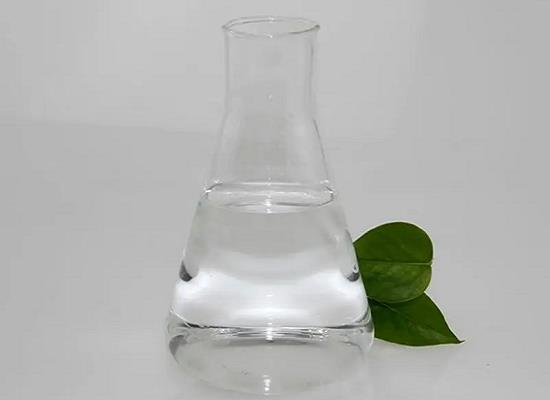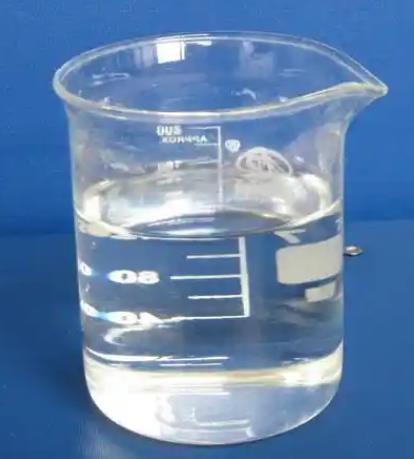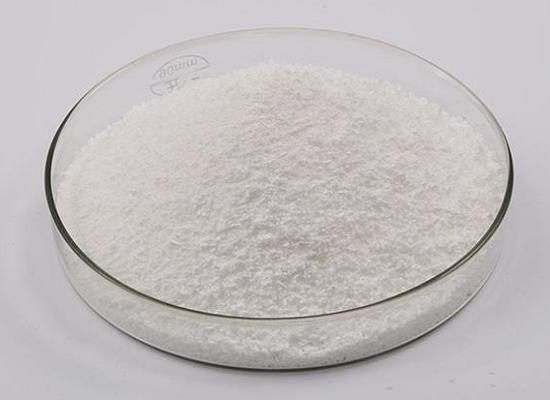(2-Bromoethyl)benzene: Applications in Pharmaceutical Synthesis and its Synthesis Method
General Description
(2-Bromoethyl)benzene, an aryl bromide compound, is crucial in various sectors due to its unique structure and chemical properties. It serves as a building block for complex organic molecules and acts as an intermediate in industrial processes and research. In pharmaceutical synthesis, it was used to create potent antimicrobial β-peptidomimetics with high enzymic stability and low toxicity. (2-Bromoethyl)benzene is synthesized through an anti-Markovnikov addition of hydrogen bromide to styrene, with specific reagents and catalysts like azobisisobutyronitrile in n-heptane solvent. By optimizing reaction conditions, including temperature and duration, a high yield of 95% can be achieved. Overall, (2-Bromoethyl)benzene's versatile applications make it a valuable tool in organic chemistry and pharmaceutical research.
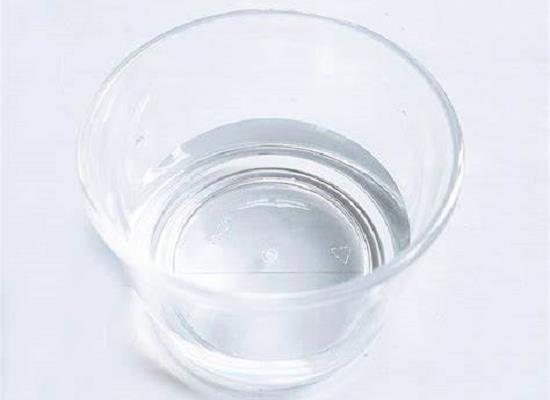
Figure 1. (2-Bromoethyl)benzene
Overview
(2-Bromoethyl)benzene is an organic compound classified within the aryl bromide family. Its molecular structure consists of a bromine atom bound to an ethyl chain, which is further connected to a benzene ring. This unique arrangement bestows upon it a variety of chemical properties, facilitating its involvement in a broad spectrum of organic reactions. (2-Bromoethyl)benzene is utilized across multiple sectors, serving as a building block for synthesizing complex organic molecules. Additionally, (2-Bromoethyl)benzene acts as an intermediate in industrial processes and plays a crucial role in research settings where exploration of organic reactions and mechanisms is undertaken. Due to its balanced reactivity and stability, (2-Bromoethyl)benzene has become an indispensable asset in the repertoire of tools available to organic chemists. 1
Applications in Pharmaceutical Synthesis
(2-Bromoethyl)benzene plays a crucial role in pharmaceutical synthesis, particularly in the creation of antimicrobial agents. In a recent study, researchers utilized (2-Bromoethyl)benzene as a reactant to synthesize small β-peptidomimetics, which are molecular structures mimicking the function of natural peptides. The synthesis involved reacting methyl cyanoacetate with (2-Bromoethyl)benzene in the presence of sodium methoxide in methanol. This reaction yielded Methyl α-cyano-α-(2-phenylethyl)benzenebutanoate with a high yield of 98%. The resulting compound served as a key intermediate in the production of β-peptidomimetics. These β-peptidomimetics were designed based on a pharmacophore model derived from short cationic antimicrobial peptides. They possessed a net positive charge and an amphipathic structure, consisting of lipophilic β2,2-amino acid coupled with a C-terminal L-arginine amide residue. By varying the lipophilic side-chains, researchers obtained a series of potent β-peptidomimetics with high enzymic stability and low toxicity against human erythrocytes. These synthesized β-peptidomimetics exhibited significant antimicrobial activity against various bacteria, including Staphylococcus aureus, methicillin-resistant Staphylococcus aureus (MRSA), methicillin-resistant Staphylococcus epidermidis (MRSE), and Escherichia coli. They showed minimal inhibitory concentrations ranging from 2.1 to 7.2 μM, demonstrating their potential as promising antimicrobial agents with improved stability and lower production costs compared to natural peptides. 2
Synthesis
The synthesis of (2-Bromoethyl)benzene involves the anti-Markovnikov addition of gaseous hydrogen bromide to styrene in the presence of specific reagents, catalysts, and solvents. The reaction is conducted in n-heptane as the solvent, with a temperature range from room temperature to 80°C over a duration of 4 hours, with the optimal temperature being 80-90°C. The yield of the reaction is reported to be 95%. The reagents utilized in the synthesis include hydrogen bromide, while the catalyst employed is azobisisobutyronitrile. This catalyst facilitates the addition reaction, ensuring high efficiency and yield. The solvent, n-heptane, provides a suitable medium for the reaction to occur and aids in controlling the reaction conditions. Various factors affecting the reaction, such as the type of catalyst, the amount of solvent, reaction temperature, and reaction time, were investigated to optimize the synthesis process. Through careful adjustment of these parameters, (2-Bromoethyl)benzene can be obtained in high yield under the specified conditions of 4 hours at 80-90°C. In summary, the synthesis of (2-Bromoethyl)benzene involves a well-controlled addition reaction, with the utilization of specific reagents, catalysts, and solvents to achieve a high yield of the target compound. 3
Reference
1. (2-Bromoethyl)benzene. National Center for Biotechnology Information. 2024; PubChem Compound Summary for CID 7666.
2. Hansen T, Alst T, Havelkova M, Strøm MB. Antimicrobial activity of small beta-peptidomimetics based on the pharmacophore model of short cationic antimicrobial peptides. J Med Chem. 2010; 53(2): 595-606.
3. Yan XH, Li SQ, Song NN. Research on the synthesis of β-bromoethylbenzene. Jingxi Huagong Zhongjianti. 2013; 43(3): 45-47.
You may like
Related articles And Qustion
Lastest Price from (2-Bromoethyl)benzene manufacturers
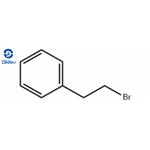
US $0.00-0.00/KG2025-11-28
- CAS:
- 103-63-9
- Min. Order:
- 1KG
- Purity:
- 98
- Supply Ability:
- 10000KGS

US $1.00-4.00/KG2025-09-08
- CAS:
- 103-63-9
- Min. Order:
- 1KG
- Purity:
- 99%
- Supply Ability:
- 200000KG

